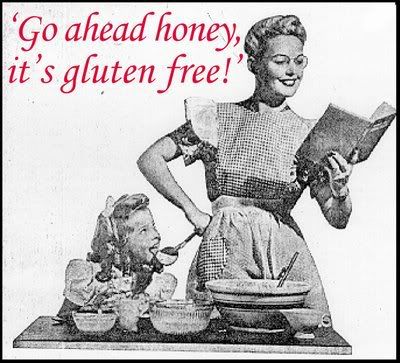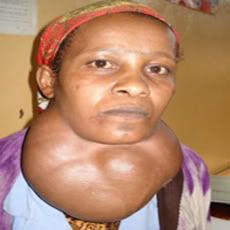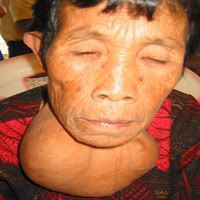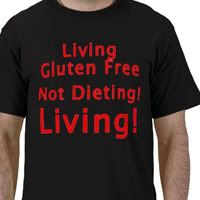White rice noodles are traditional for some Asian foods, but they also make great macaroni and cheese, casseroles, fettuccine Alfredo, and virtually anything you could make with pasta. Shirataki noodles is also a great alternative. They go by other names such as "Konnyaku" or "Yam" noodles. They are like 97% water and the rest is fiber. They are low carb, have barely any calories and are great for stir fries and soups. Please make sure the ones you buy do not have tofu in them; a lot of them do.
As far as flour goes, rice flour mixed with other starches (potato starch, tapioca starch, corn starch) can replace wheat flour in most foods but not everything. There's no way to make french bread without gluten, but you can still make great pancakes, cookies, waffles, cakes, muffins and rice flour tortillas. Coconut flour is also an option. You can't substitute it directly for wheat flour, because it behaves much differently, but it is possible to use coconut flour to make cakes and other baked goods.
Many natural food stores carry a selection of pre-made gluten free products. Although I do not recommend making these foods a big part of your diet, they can be a nice treat every now and then for those of you who are not diabetic. Unfortunately for those who are already diabetic, it is best to avoid such things completely until your metabolism repairs itself.
As you can see, I didn't mention many alternatives. Rice flour and white rice noodles, shirataki noodles, coconut flour, and various other vegetable starches pretty much cover the grounds. Although there are more alternatives, such as flours made from beans, soybeans and other non-gluten grains, ie. millet and sorghum, I would not recommend eating them.
Reasons to Avoid these Alternatives
Beans: I feel like such a traitor for saying this, considering I was raised off beans my whole life. Deep down I want to believe beans aren't bad, or that there's something redeeming about them; some reason to justify eating them at all, but there's none. The truth is, beans are horrible. The so called high fiber, and complex carbohydrates that people are always raving about, is just a reflection of the fact that you can barely digest beans at all. Everyone knows beans have a reputation for giving you gas, but why is that? It's because they're practically indigestible. They're getting fermented (eaten by bacteria) in your lower intestine. That means they're not being broken down by your digestion at all. And these so called vitamins and minerals are not likely to be absorbed very well, due to all the lectins and phytic acid (anti-nutrients) sucking them up, making them completely unusable by your body.
And then there's the protein. The protein is not only incomplete, it's very low in bio-availability. That means, how usable that protein is by your body. Your body probably absorbs less than 50% of it. Big surprise people! Protein from animal products is exactly what your body wants, because after all, we are animals. Are you a bean? Or are you an animal? I owe a lot to beans through my life, but the truth is, that they are a 3rd world country food, with no redeeming quality other than being very cheap and storing well in your pantry. Watch out for garbanzo, fava and soybean flours in gluten free products. And more so soybean flours. On top of the problems that all beans share, soybeans have unique goitrogenic properties. The phytoestrogens in soybeans can suppress thyroid function and cause other problems as well. Please, stay clear of these flours and beans. They do more harm then good.
Millet: Millet is one of the most eaten foods in the whole world. It's a staple food in much of Africa and parts of Asia, and is used in a variety of gluten free products. Other than the lectins (antri-nutrients) in them, millet is very goitrogenic. It blocks up iodine to your thyroid and causes goiter. Countries such as Japan, have high thyroid problems, due to all the soy products. These foods must be avoided in order to be healthy. You do not want this.
Brown Rice: It's kind of funny how brown rice is advertised as a healthy food alternative. People say the bran of the rice is where all the good stuff is; well it's also where all the bad stuff is. This also includes lectins and phytic acid, which is the reason you aren't getting the benefit of the vitamins. When choosing gluten free alternatives, please stay away from brown rice flour and noodles. They will only leach the minerals from your body. Stick to white rice; white rice is neutral. Not bad , but not extremely beneficial either.
Reminder: ALWAYS CHECK THE INGREDIENTS! Some gluten free products sneak vegetable oils in them, so BE CAREFUL! :)




No comments:
Post a Comment
Note: Only a member of this blog may post a comment.